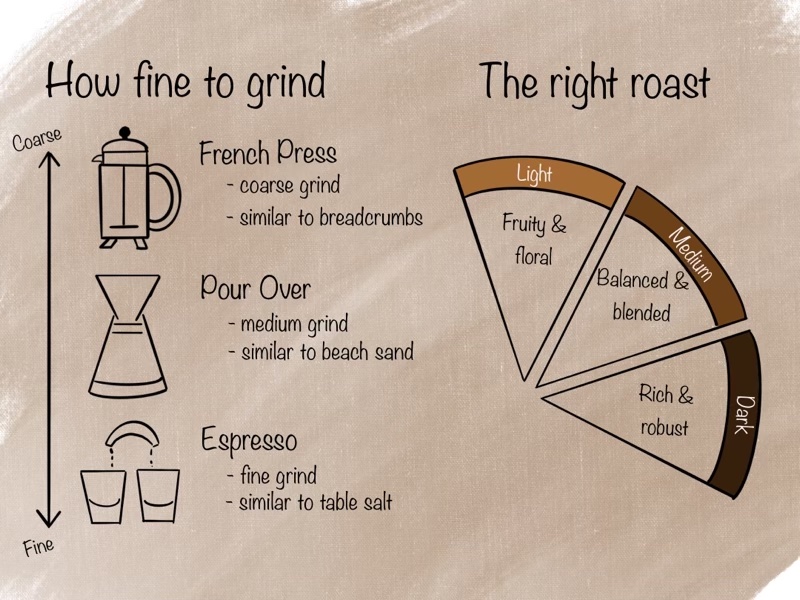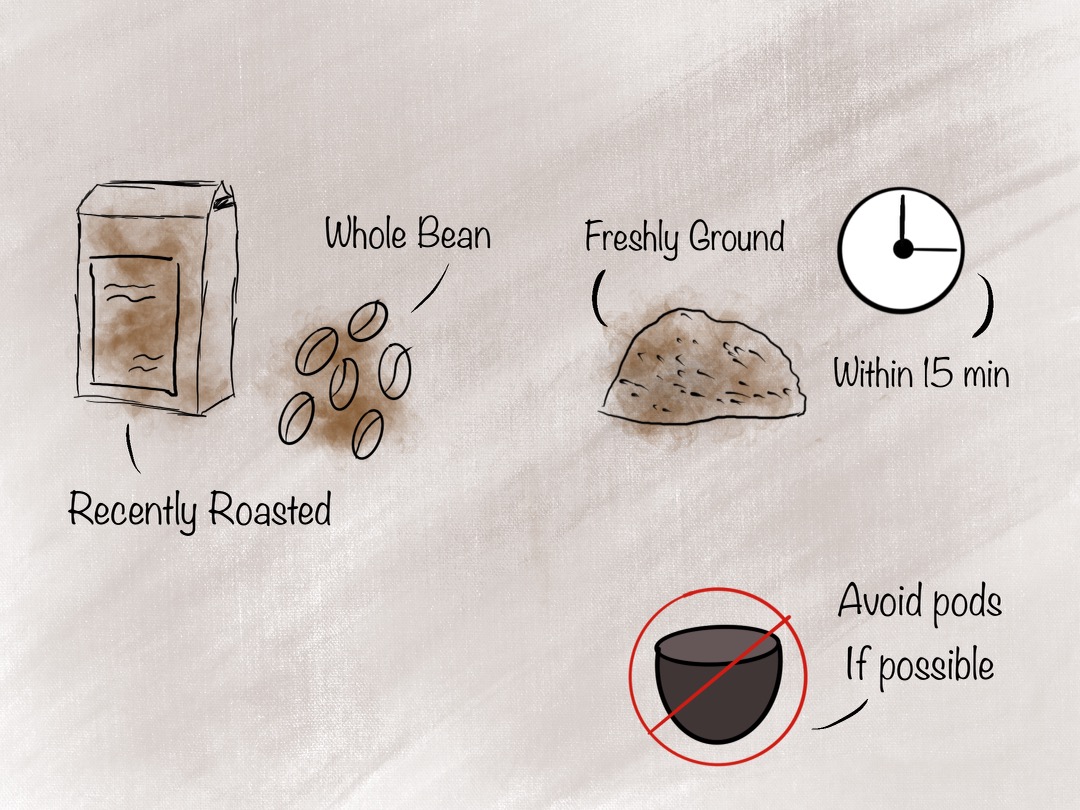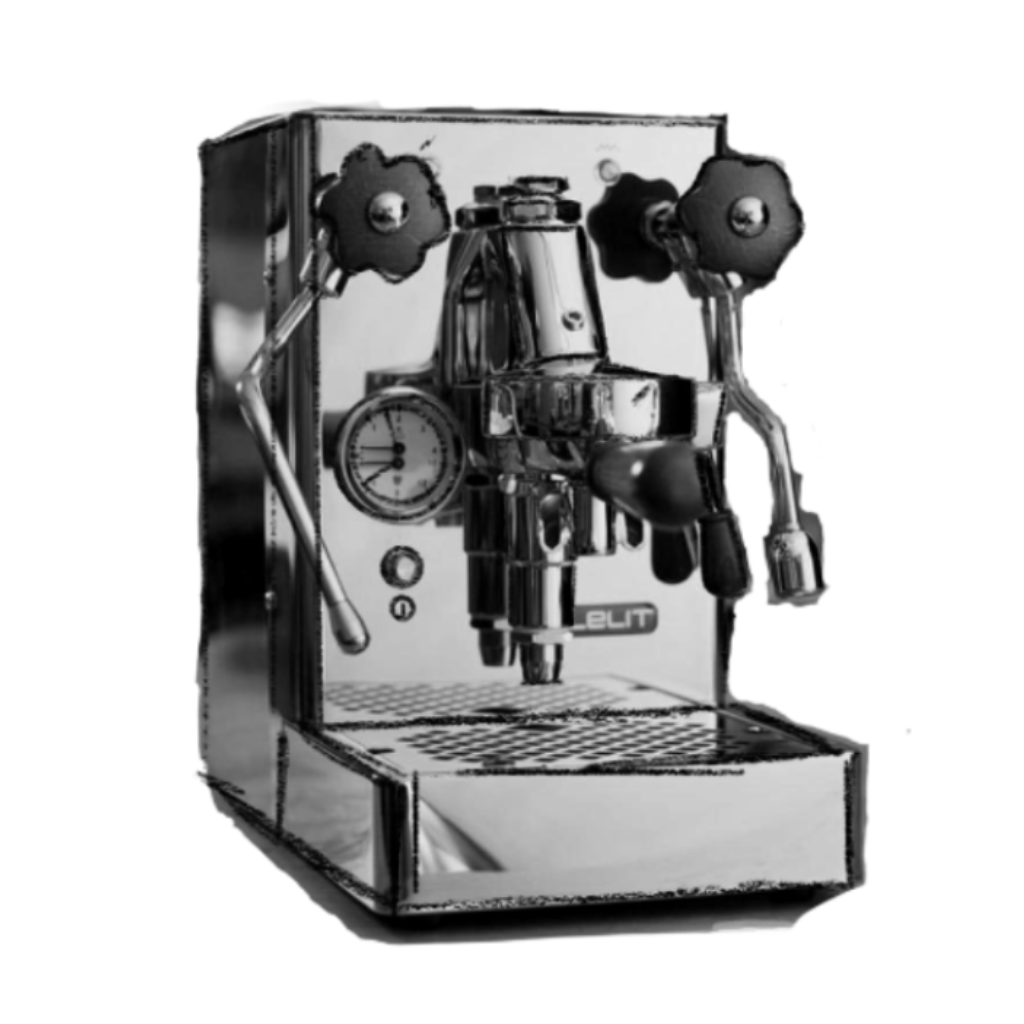What Coffee To Use For An Espresso Machine (2024)


Introduction
The Profitec Pro 600 may be the best value-for-the-money dual boiler on the market. Profitec, the German-based brand known for designing quality machines built to last, has equipped the Profitec Pro 600 with everything you need to brew delicious espresso and nothing you don't.
Table of Contents
Introduction
Coffee is the soul of every cup of espresso, embodying an aromatic allure and rich flavors that make the beverage a worldwide favorite. Espresso is a concentrated, often intense coffee brew, celebrated for its robust flavor and captivating aroma, served in small yet impactful servings. When striving for that perfect cup, three critical factors come into play - bean freshness, the grind, and the type of coffee used.
The Quick & Caffeinated
The best coffee for espresso is freshly ground, medium to dark roasted beans, ideally ground to a fine consistency just before brewing. The beans should be as fresh as possible, giving you that rich, aromatic shot of espresso that dances gracefully on your palate.
Freshness is King

Freshness is critical when choosing beans for espresso. The longer roasted coffee sits on the shelves, the more it oxidizes and loses its rich and fragrant flavor. For the best results, purchase whole beans roasted within the last 2 to 6 weeks and grind within 15 to 30 minutes of brewing. Freshly roasted and freshly ground coffee is the most essential element of a delicious and balanced shot.
Pods or Pre Ground
While pre-ground coffee and coffee pods offer convenience, they often fall short in delivering the richness and depth of flavor that freshly ground beans provide. The moment coffee is ground, it begins to lose its aromatic oils and flavors. For an unparalleled espresso experience, fresh is always best.
How Fine to Grind
To ensure optimal flavor extraction, espresso requires a fine grind, similar to table salt’s consistency. This is finer than the coarse grind used for French press, which resembles breadcrumbs, and the medium grind for pour-over coffee, similar to beach sand. Each brewing method’s grind size directly impacts the extraction process and, consequently, the coffee’s flavor.
Different Roast Types

Light roasts are known for their acidic, nuanced flavors, often boasting a fruity or floral profile. Medium roasts strike a balance, offering a harmonious blend of the bean’s natural flavors and the roaster’s touch. Dark roasts are bold and robust, characterized by a distinct bitterness and intense flavor, making them a favorite for espresso lovers.
What is a Blonde Roast, French Roast, Espresso Roast?
A Blonde Roast is a light roast that’s known for its sweet, creamy, and less acidic flavor profile. French Roast is a dark roast with a bold, smoky, and intense flavor, characterized by its shiny, oily surface. Espresso Roast, often synonymous with dark roast, is tailored to accentuate the rich and robust flavors ideal for a perfect shot of espresso.
How Grinders Impact Flavor
The type of grinder and the consistency of the grind significantly influence the espresso’s flavor. Blade grinders can create an inconsistent grind size, leading to uneven extraction. Burr grinders, on the other hand, offer precision and consistency, ensuring that the coffee is ground to the exact size required for optimal extraction and, consequently, a richer and more balanced flavor.
The Final Sip
Selecting the proper coffee for espresso is an art infused with a bit of science. From the roast type to the grind size and the freshness of the beans - every element plays a crucial role in crafting that perfect shot of espresso. If you want more information or need help picking your next espresso setup, set up some time with The ESB Concierge. Happy Brewing!

